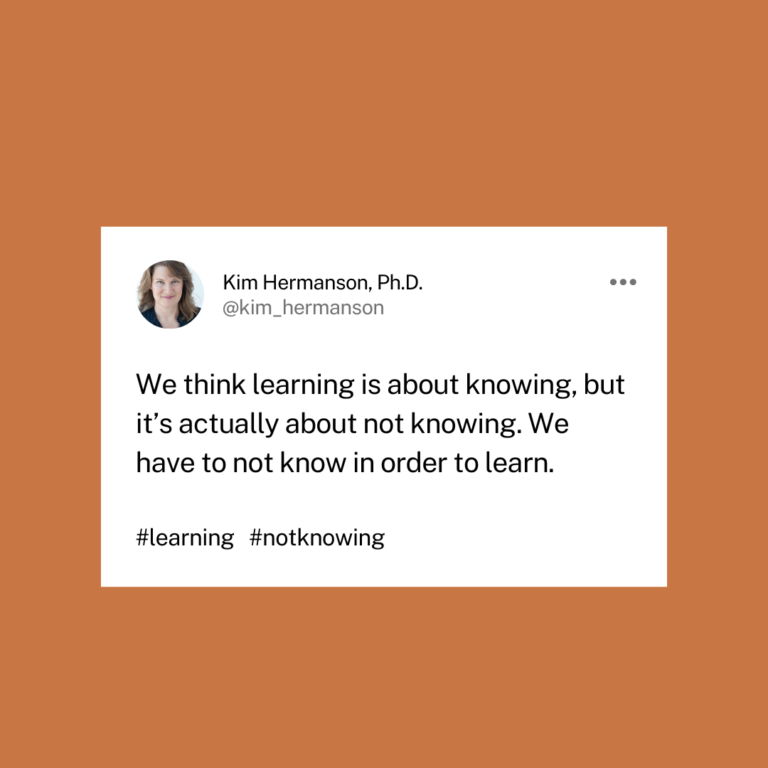Unlocking the power of imagination: 5 steps to embrace your creative process

Imagination is indirect, nonlinear, and often delightfully messy. It doesn’t deliver quick fixes or numerically precise solutions but instead takes us to new perspectives and possibilities. By opening our imaginations, we challenge norms and venture into uncharted territory. It’s no wonder this process can feel intimidating—creativity often brings us face-to-face with unfamiliar and quirky insights that are easier to ignore than explore.
But for those of us constantly seeking solutions to complex problems, from personal relationships to sustainable innovations, imagination is our greatest ally. As both Albert Einstein and Carl Jung noted in their own ways, we can’t solve significant problems using the same level of thinking that created them. Creativity requires a larger context, expanded possibilities, and access to something beyond our current understanding. We need imagination to find truly enlightened solutions.
Why We Need Imagination to Get Unstuck
Haven’t you noticed how immersing yourself in a new environment—whether it’s traveling or simply changing your routine—can bring unexpected solutions? The problem is, we can’t “will” ourselves into these breakthroughs. While our minds excel at analyzing and compartmentalizing, they struggle to access the imaginal realm.
So how do we engage with this dynamic, creative space? Below are five practical steps to help you connect with the imaginal and bring its transformative power into your life.
1. Embrace Your Dreams Without Over-Analyzing
Dreams are a gateway to imagination, but analyzing them can strip them of their vitality. Psychologist James Hillman observed that reducing dreams to interpretations “leaves the soul unanimated.” Instead, treat your dream images as companions—friends who’ve arrived to offer insight. Let these images stay with you throughout your day and see how they gently work their magic.
2. Write a Fairy Tale
Step into the imaginative shoes of your five-year-old self. Begin with the classic line, “Once upon a time, long, long ago in a land far away…” and let your creativity take over. Dragons, castles, and mystical characters are welcome here. Writing a fairy tale bypasses the constraints of your “adult” mind, allowing fresh insights and wisdom to surface naturally.
3. Discover Your Key Image
The late poet Stanley Kunitz believed that we all have one or two key images that captivate us throughout life. These images often emerge in childhood and influence our creative expression. For example, E.B. White’s fascination with spider webs as a child inspired his classic book Charlotte’s Web. Consider the images that have stayed with you—perhaps ocean waves, fertile soil, or bustling street festivals. These key images hold profound meaning and shape who we become.
4. Play with Visual Imagery
Engage in playful creativity by flipping through magazines, catalogs, or picture books. Rip out images that catch your eye—whether they provoke, inspire, or disturb you. Don’t overthink it; just let your intuition guide you. Once you’ve gathered a collection, experiment by combining a few images. See if unexpected connections emerge or if a wild, new idea takes shape.
5. Notice the Metaphors You Live By
Metaphors aren’t just linguistic devices—they’re the lenses through which we view the world. Scholars like George Lakoff, Marshall McLuhan, and Martin Foss have argued that metaphors unconsciously shape our perceptions and experiences. Pay attention to the metaphors you use to describe situations or people in your life. When new metaphors arise, they can reveal fresh perspectives and open doors to new possibilities.
The Foundation of Human Experience
Imagination isn’t just for artists and poets; it’s the foundation of how we perceive, learn, and create. Every perception we hold is filtered through the images and metaphors we carry, whether we’re aware of them or not. As the renowned psychologist Rollo May put it: “…imagination and art are not frosting at all, but the foundation of human experience.”
It’s time to stop dismissing imagination as frivolous and start embracing it as a vital part of solving life’s challenges. By making friends with the imaginal, we unlock the tools to navigate complex problems and create a richer, more fulfilling experience of the world around us.





